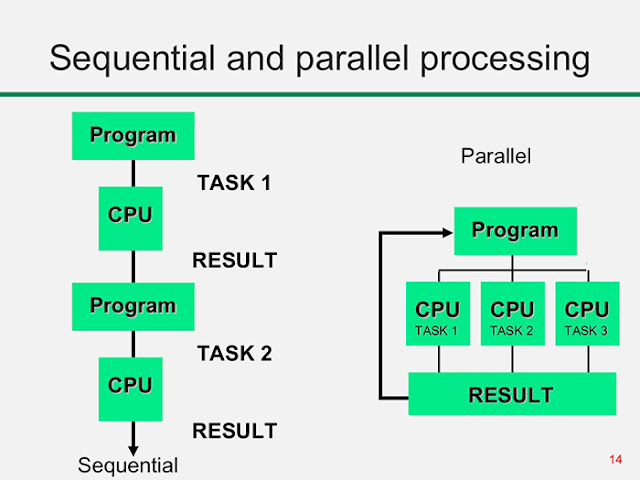3.2.1 Protocols
In computing, a communication protocol refers to the set of rules that computers use to communicate with each other. The protocol defines the signals that the computers will give each other, and other details such as how communication begins and/or ends.
The most commonly used protocol on the Internet today is the TCP/IP protocol. Its implementation can be viewed as a stack, with 4 layers where each layer has its own functionality. EACH LAYER OF THE STACK CAN BE IMPLEMENTED AS A SOFTWARE AND BASICALLY, THE WHOLE PROTOCOL IS ALSO A SOFTWARE.
Now before discussing the layer of TCP/IP protocol, just have an idea of the OSI model. Actually OSI model, in simple terms, is a standard framework designed to assist the development of a protocol. It has seven layers.
Exchange of data using Bit torrent protocol
Tracker: Central server that exchanges IP addresses of the peers allowing them to connect
Seed: A peer computer that is uploading a part of file
Swarm: All the connected peers that have part of file to be downloaded or uploaded.
Useful Video Links
The most commonly used protocol on the Internet today is the TCP/IP protocol. Its implementation can be viewed as a stack, with 4 layers where each layer has its own functionality. EACH LAYER OF THE STACK CAN BE IMPLEMENTED AS A SOFTWARE AND BASICALLY, THE WHOLE PROTOCOL IS ALSO A SOFTWARE.
Now before discussing the layer of TCP/IP protocol, just have an idea of the OSI model. Actually OSI model, in simple terms, is a standard framework designed to assist the development of a protocol. It has seven layers.
Now u can see that some layers of OSI model are combined with other layers and implemented as a single layer in TCP/IP stack.
Functions of layers of TCP/IP protocol
- Application layer
- TCP layer
- allows applications to exchange data
- establishes and maintains a connection until the exchange of data is complete
- determines how to break application data into packets
- adds sequence/packet number to (TCP) header sends packets to and accepts packets from the network / Internet layer
- manages flow control // manages congestion avoidance
- acknowledges all packets that arrive
- detects when a packet has not arrived at the destination
- handles retransmission of dropped packets
- reassembles packets into the correct order
- IP Layer
- routes the packets around the network
- adds to the IP header a source/destination address for each packet
- encapsulates data into a datagram
- passes datagram to the network access layer (for transmission on the LAN)// passes datagram to the transport layer (on arrival at the destination)
- Network Access Layer
- encapsulates datagram form IP layer into frames
- adds sender and receiver MAC address to link header of packets
- sends them to physical layer where data is converted into bits for transmission over a medium
BIT TORRENT PROTOCOL
BitTorrent protocol provides peer-to-peer file sharing.Exchange of data using Bit torrent protocol
- torrent descriptor file is made available.
- the file to be shared is split into pieces
- a peer can act as a seed by uploading a piece of file
- a peer downloading the file downloads its pieces simultaneously from various seeds
- once a peer has downloaded a part of file then it can act as a seed for the part of file it has downloaded
- central servers known as trackers maintain a list of all the peers and the part of file they have
Tracker: Central server that exchanges IP addresses of the peers allowing them to connect
Seed: A peer computer that is uploading a part of file
Swarm: All the connected peers that have part of file to be downloaded or uploaded.
Useful Video Links












0 Comments